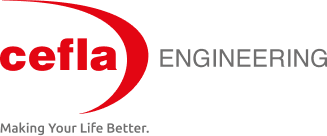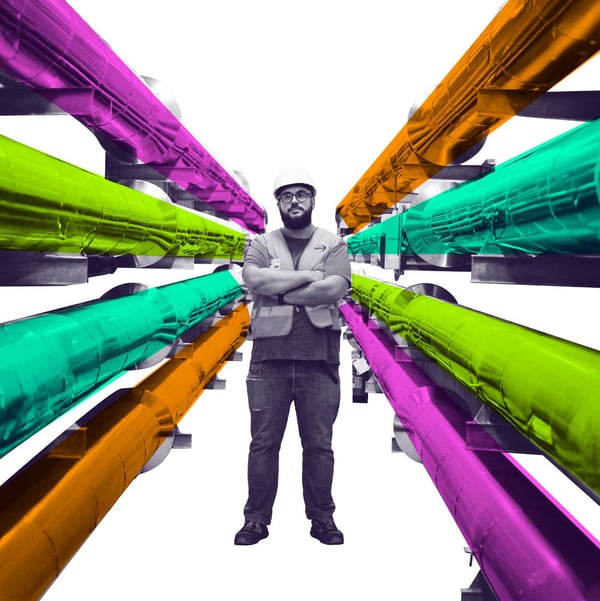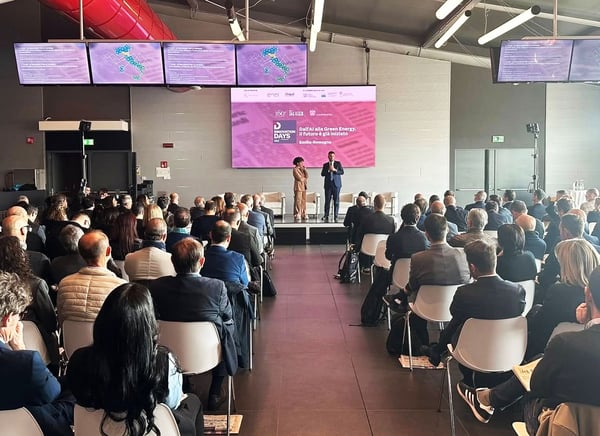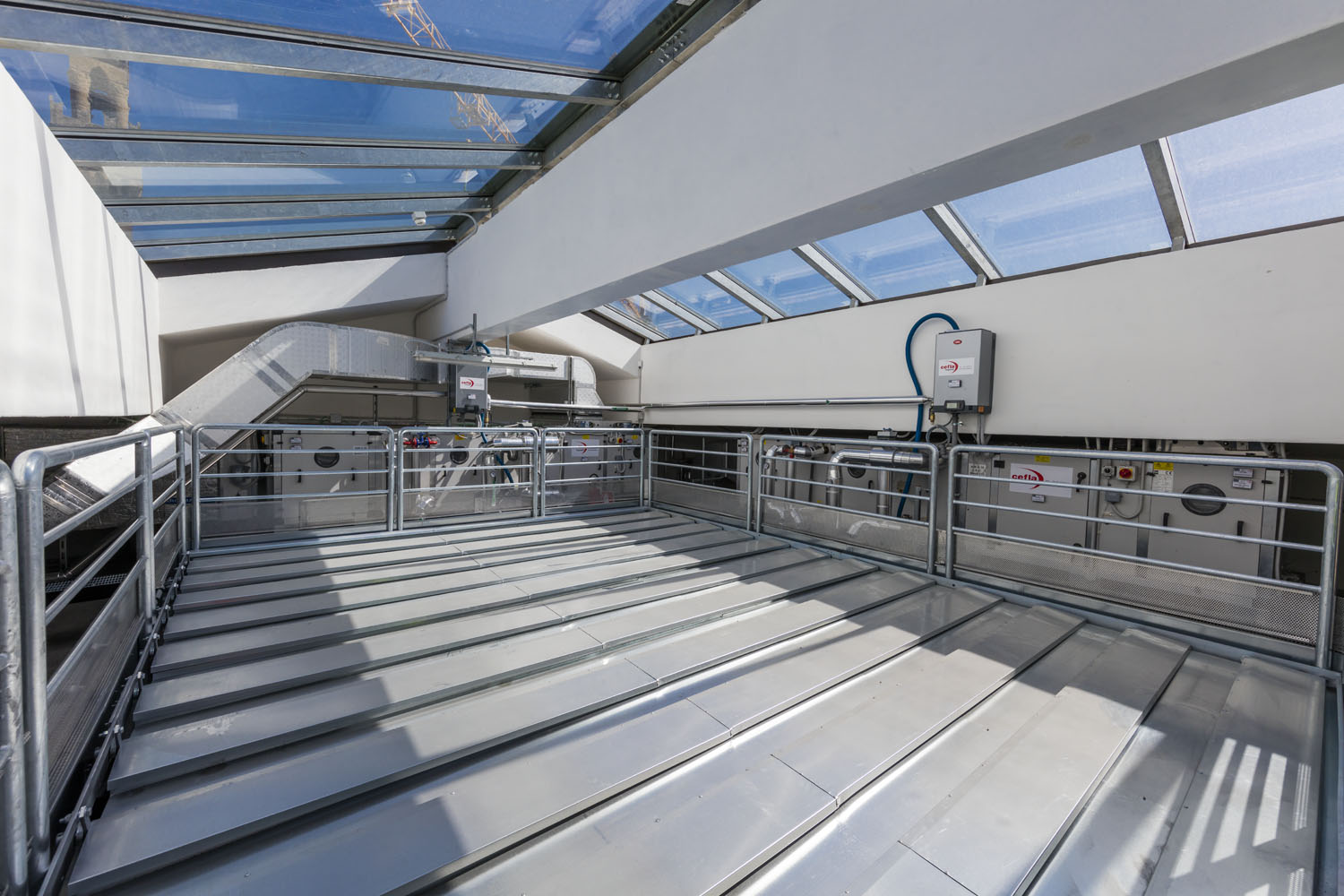The data center is an engine room that houses servers, storage, uninterruptible power supplies, and all the equipment that dominates the processes and communications of any enterprise information system. In a very simplified way, we can say that any information system runs because of the data center.
These are actual data processing centers, with the task of conveying data traffic between servers. Within the data centers are data storage systems, computer systems for monitoring, control, machine management, and telecommunication facilities.
But what is actually essential for machine executiveness?
Air conditioning and environmental control systems. It is the cooling, fire-fighting, and advanced security systems that make data centers safe and functional at all times.
Certification-proof: ANSI TIA EIA 942
The Telecommunications Industry Association (TIA) is accredited by the American National Standards Institute (ANSI) to develop industry standards for intelligent service equipment and networks.
Specifically, guidelines for building a data center follow the TIA-942 standard, which defines CED spaces and design, cabling implementation, and environmental conditions.
Why should it be important to adhere to this standard?
Simple, to demonstrate the stability and reliability of data center services.
The guidelines prefixed by ANSI/TIA-942 are differentiated into security levels, incrementally increasing (also called TIERs), which can be certified by appropriate bodies such as Uptime Institute.
Tier levels are a snapshot of the structure of a data center.
The greater the urgency of the core business, the greater the Tier will have to be, to minimize the percentage of risk unavailability risk.
TIER1 DATA CENTER LEVEL
A Tier 1 data center has a single path for power and cooling. It has limited protection against physical events, as it is susceptible to disruptions due to planned and unplanned activities. Its backup or redundant components are limited or absent. Given these connotations, it is expected that operations can be interrupted for 28.8 hours/year.
TIER 2 DATA CENTER LEVEL
A Tier 2 data center is provided with a single path for power and cooling, in which redundant and backup components are included. It has greater protection against physical events, compared to a Tier 1 data center, as it is affected to a lesser extent by outages. In accordance with its peculiarities, uptime is guaranteed at 99.7 percent, counting 22 hours of outages, also taking into account any shutdown time in case of maintenance.
TIER 3 DATA CENTER LEVEL
A Tier 3 data center has more paths for power and cooling, and several upgrade and maintenance systems that enable its continuous use. It is therefore composed of multiple independent distribution paths. Each of its components can be removed or serviced without disrupting ICT capabilities for the user, as switching to other power connections is provided. It is characterized by almost complete protection against physical events. In addition, its operation can be interrupted for a total of 1.6 hours/year.
TIER 4 DATA CENTER LEVEL
A Tier 4 data center is created to be fault tolerant. It has redundant capacity components and multiple independent deployment paths, enabling maintenance and further simultaneous failure without generating disruptions. It also guarantees 99.995% near total uptime. Planned maintenance is therefore possible, without impacting functionality. In addition, it has protection against almost all physical events.
Data center energy consumption: the first step toward efficiency
A medium-sized data center is capable of consuming as many kilowatts as 1,000 apartments. There are about 3,000 data centers in Italy, whose overall consumption approaches 1 Gigawatt.
Most of a data center's consumption comes from cooling systems, which are essential for dissipating the heat produced by servers and maintaining a constant temperature inside the facilities.
It can be easily inferred that a data center's consumption has a significant impact on the environment, both because of its consumption and because of harmful emissions. These are the reasons why it is necessary to improve its maintenance.
To enable this, upgrading electrical continuity technology is among the priorities.
There is currently a growing demand for UPS with batteries that have a lower environmental impact and can keep track of the changes that occur during its life cycle. In this context, lithium-ion batteries have taken on a critical role in the artificial sustenance of data centers. In addition, it is important to detect and anticipate hotspots in the data center. The increased power could cause cooling system failures and possible server outages.
Thermosensitive panels or probes indicating air temperature can be installed to detect hotspots - since data centers are unanimously considered to be the major culprits in the production of greenhouse gases.
Cefla's efforts have been focussed on climate change and reducing environmental impacts for years. One example is the project achieved for UNIPOL, in which Cefla Engineering replaced the existing IT facilities with a new centralized, Tier 4-level, highly efficient and reliable data center system.
The measure that can detect efficiency relative to the amount of electricity used is called Power Usage Effectiveness (PUE). PUE is the ratio of the total power consumption of the data center to the power used by IT equipment alone. The lower this value, the higher the efficiency of a data center.
A possible cause of wasted power (low efficiency) is also due to poorly managed cabling, as more heat is produced, which does not allow the cooling system to function properly, thus increasing costs and causing downtime.
INSIGHT
Cooling system: why and how to implement it
The cooling system in data centers can be liquid cooling, air cooling, or both.
Liquid cooling is characterized by greater and more effective dispersion than air, which is why it is the most suitable answer to increased data center power.
In the past, air cooling systems were the most widely used solution because they were cheaper. Air and its modest conductivity struggles to cope with the increase in heat production, so, organizations are forced to increase the size and strength of their fans. In addition, many companies increase the height of their data centers to facilitate heat dissipation.
Protection: how to prevent fires
Given their importance, data centers are subject to strict efficiency requirements. Fires are part of the possible reasons why a company is forced to shut down or suffer extensive damage.
Fires in a data center can also be caused by malicious acts, corporate sabotage or natural causes such as lightning, overloads or electrical discharges. This is another reason why data centers are places with limited and tightly controlled access.
In 1896, the National Fire protection Association ( NFPA) was founded to issue and regulate standards for fire protection systems and fire prevention and detection. Data centers are equipped with dedicated fire detection, prevention and extinguishment systems.
It is essential to contact this organization before making changes in a data center's fire protection system.
Fire prevention, detection, and extinguishing (likely caused by problems in electrical circuits, subfloors, UPSs, and other hidden areas), are essential factors to pay attention to during the design and construction of a data center.
System: ensuring its functionality
A data center plays a role in conveying data and information, so its protection through systems that ensure cooling and security against arson and other fires, or cyber attacks, is essential.
The Telecommunications Industry Association proposes the standards to be applied to achieve certification, and the resulting reliability and effectiveness.
It is a good idea to achieve a level at least equal to, preferably higher than Tier 3 to ensure the data center is operational and functioning properly.
By achieving such a certification, it will be possible to ensure its full functionality in relation to the amount of electricity consumed.
If you are interested in implementing a sustaining structure at your data center, please contact us.
Published on July 03, 2025





